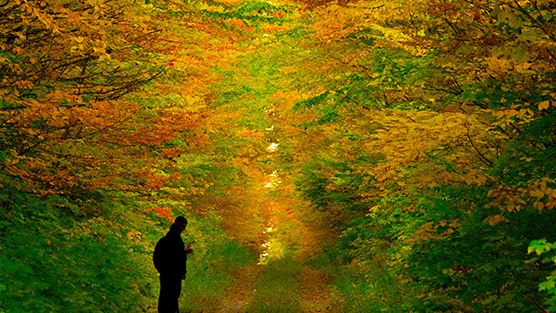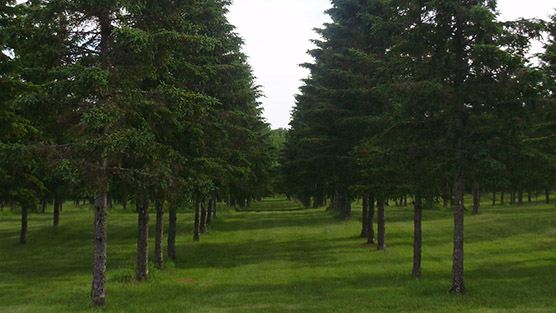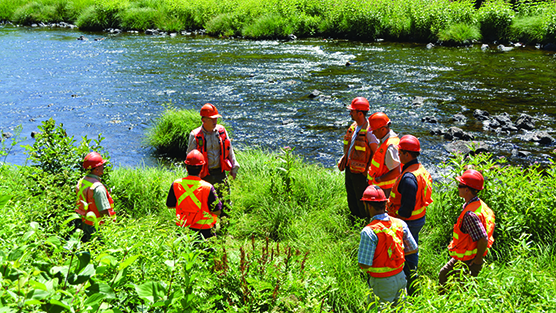.jpg?n=5927)
Research
Filter by Category
.jpg?n=5927)
Show more
_small.jpg)
Legacy of the Sustainable Forest Management Network
Show more

Forest Dynamics, Succession and Habitat Relationships Under Differing Levels of Silviculture
Show more

Tree Breeding at J. D. Irving, Limited Parkindale Seed Orchard
Show more

Enviro-Training at J.D. Irving, Limited with Kelly Honeyman
Show more
_big.jpg)
A Comprehensive Greenhouse Gas Balance for a Forest Company Operating in Northeast North America
Show more
Questions about our Healthy Forest Approach? Read the FAQ.
(1).png?n=7605)






.png)

